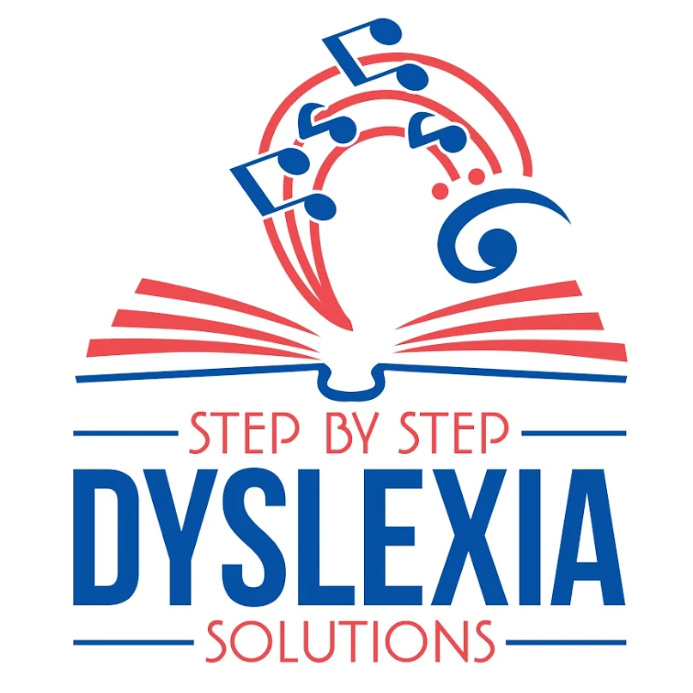Dyslexia Treatment for Adults – Learn About Your Fascinating Brain
Do you like learning new things? Are you forced to learn new things? Nowadays we all are learning a lot, with COVID and working from our homes.
Acquiring new skills can be challenging for an infant or adult. What about learning to read? Have you been diagnosed with dyslexia? Click here to find out who is qualified to assess for dyslexia.
Reading can be incredibly challenging; this is one of the most confusing enterprises where humans engage because we were not born with a reading brain like we were to see and hear. We were born to develop language, and every different language needs to be learned.
Human beings do many tricky things; some of the things that we do are pre-programmed neurologically. Acquiring speech and language skills take time. Neurologically, these skills are present at birth. A child’s inability to acquire speech could simply be his or her brain works differently. We call these learning differences and dyslexia is one of the learning differences we need to address in a very specific, structured, systematic, and explicit way. Developing speech and language skills first is a matter of being exposed to the language. The brain responds to speech the same way for infants and adults even before the infant understands that they are listening to speech. The brain is processing information even before acquiring speech.
Learning to read is a different process. If you or a child is dyslexic you can read (or help her read) within six weeks. Using music with phonics can help improve your reading skills.

Jobs of the left and right hemispheres of the brain.
Individuals develop many areas of their brains for reading that are not developed for reading at birth. These areas of the brains that individuals use are usurped to learn to read. For instance, before learning to read, the left fusiform gyrus is used in facial, object, and design recognition. As a person learns to read, the recognition of letters, letter strings, and words take place in this area and push facial recognition to an analogous area on the right side of the fusiform gyrus. (it is very important to note that pictures are stored in the brain’s right hemisphere, so language that is memorized as a picture is also stored there; language should be stored in the left hemisphere.)
Ready for some technical brain terminology and see how it all works together? (I purchased a brain model to help me with pictures and names to get this all straight.) The left side of the fusiform gyrus known as the Visual Word Form Area (VWFA) processes and analyzes the visual aspects of words. This is located at the back of the brain (in Wernicke’s area). A considerable amount of effort is needed to train the VWFA to recognize orientations of the letters and letter strings. (Note, this is why using a multisensory, structured literacy approach to teaching reading is critical! The more parts of the brain engaged in the reading process develop more synapses in the brain to promote reading).

Areas of the brain that help stimulate your skill of reading
Letters are processed and analyzed by the VWFA to recognize the letters to sound relationships. This is why children should learn the letter names and the letter sounds. The VWFA will use that information to evaluate speech sounds; the planum temporale is the cortical area just posterior to the auditory cortex within the Sylvian fissure. Whew, did you get all that?
Anyway, the planum temporale is a triangular region that forms the heart of Wernicke’s area, one of the most important functional areas for language. All these brain parts work together to help the beginning reader connects letters to sounds, and print (or write) words. Decoding is the action of reading. Encoding is the action of writing. A nondyslexic person still has challenges learning to read, but the brain of a dyslexic child needs explicit training and a lot of repetition. Decoding words and sentences begin with the brain recognizing letter patterns, recognizing parts of the words, but saying (reading) the whole word. Voila – reading! Students need to be taught the correct letters to sounds in order to read. We have 26 letters in the English alphabet, 46 phonemes (ways to combine the letters), and over 240 ways to say those letter combinations!
Developing vocabulary is also crucial to reading. One set of dyslexia tools for adults can be developing vocabulary. A beginning reader needs to recognize the word before he or she can read it and then needs to understand the context to learn the correct pronunciation and use of word. (Consider a child learned “ind” is a welded sound. They learned it is a Wild-Old- word, so she learns to read the wild colt is not kind. But then in a different context, she will learn that wind is pronounced differently in the context of “the trees are blowing in the wind.” Click here for more tricky sounds to learn. Of course, this is so much fun to teach, and so rewarding when the child has the “ah-ha” moment. “That’s why I always wrote that wrong!”
The description of words involves different parts of the brain; it starts with the Broca’s and surrounding areas. (travels through the Wernicke’s area, and then to the left angular gyrus (my favorite part to discuss!)
Learning to read can be difficult and requires structured literacy to develop a well-thought process of analyzing letters, connecting them to specific sounds, decoding (reading) and comprehending what that person is read.
Learning to read is NOT a natural act. (as a mom, I can think of other things I thought were natural but were not and training was needed. OK, you want examples. How about nursing a baby or even opening a door with a doorknob?)
There is an enormous amount of effort required to read for the dyslexic person. The language center is in the left side of the brain, while the brain uses many parts in the process. Looking at brain scans, the left side of the brain will light up in a non-dyslexic person when reading. Evidence from fMRI (moving – functional magnetic resonance imaging) indicates that the brains of individuals with dyslexia can look like the brains of non-dyslexic peers after structured literacy is taught with fidelity. Learn how music will help your brain get retrained.
For more information on this topic, read some of my other blogs. Please like, comment, and share this blog!

